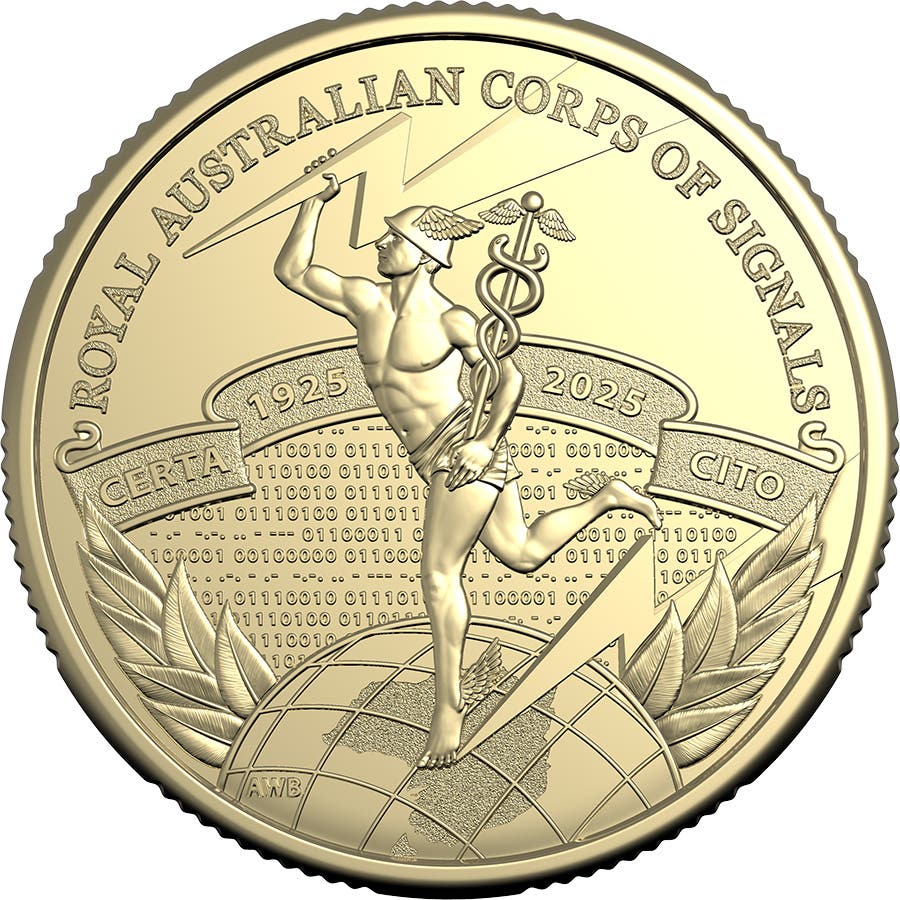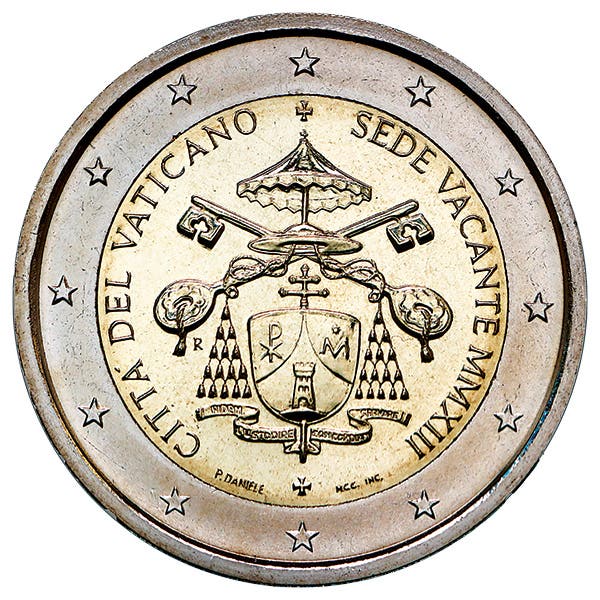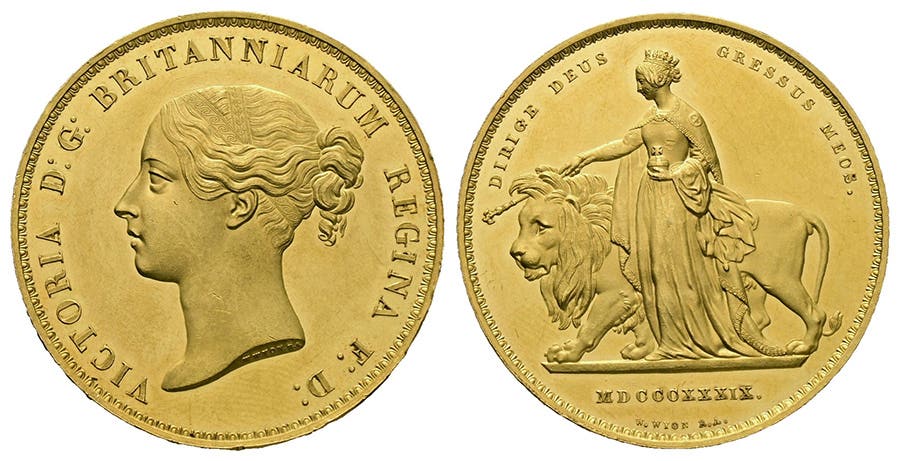Zimbabwe Makes Banking Changes
Zimbabwe’s new gold coins are being used as a shield against domestic inflation.
Inflation ravaged Zimbabwe launched its circulating Mosi-Oa-Tunya or Smoke that Thunders 1-ounce .9167 fine gold coins in July in hopes the smoke and thunder will resonate sufficiently to help tame the economy.
Mosi-Oa-Tunya is the local name for Victoria Falls, one of the few assets in the African nation that has not been impacted by the out-of-control spiraling inflation. The gold coins were issued as legal tender due to people exchanging their Zimbabwe dollars for U.S. dollars to protect their purchasing power. The new gold coins are also meant to incentivize the nation’s largest gold miners to produce more than their state-planned targets.
While the Zimbabwe government is declaring the gold coin issue an economic success the average citizen disagrees. A single gold coin has a value of about $1,800 U.S., while the average civil servant earns about $2,600 annually. Inflation rose by 256 percent in July while the Zimbabwe dollar declined to Z$481.85 against the U.S. dollar, a decline from Z$108.66 to the U.S. dollar at the beginning of the year.
The Reserve Bank of Zimbabwe reported selling 1,500 Mosi-Oa-Tunya coins initially, then offering 2,000 more about a week later. According to an Aug. 12 British Broadcasting Corporation report, gold exports are currently the third top foreign currency earner for Zimbabwe, followed by platinum and remittances. Zimbabwe’s gold output has already increased by 47 percent during 2022. The government hopes for mined gold to account for a third of entire mining industry output next year.
Zimbabwe allows the value of its gold coins to be set by international market prices. Gold coins can be converted into cash, exchanged for goods and services, or used as security against loans.
While silver coins are more practical to use than are gold due to their more modest intrinsic value, Zimbabwe appears determined to issue gold alone. According to the state-affiliated Herald newspaper, 4,475 gold coins had been sold by August 12. The newspaper reported “the lower value U.S. $180 gold coins [1/10 Gold American Eagle] are to be released in November.”
Long-time Zimbabwe President Robert Mugabe was ousted by the military in favor of Emmerson Mnangagwa in 2017. Mnangagwa has struggled since to revive the national economy pillaged by the Mugabe government. While circulating gold coins may be a step in what Mnangagwa hopes is the right direction, a re-examination of the RBZ is also underway.
On Aug. 11 RBZ Monetary Policy Committee member Ashok Chakravarti announced, “The issue of the currency board is being looked at. It’s been done by 40 countries, but it also requires a substantial amount of reserve money. It is being considered.”
Should a currency board be established the central bank would be required to back all domestic currency with U.S. dollars, this in turn maintaining a fixed exchange rate. Chakravarti said he estimates this would require about $700 million U.S. in reserves.
According to Rebecca Baldridge in a May 29, 2022 Investopedia.com report on currency boards, “A currency board is a country’s monetary authority that issues notes and coins. Unlike a central bank, however, a currency board is not the lender of last resort, nor is it what some call ‘the government’s bank.’ A currency board can function alone or work in parallel with a central bank, although the latter arrangement is uncommon.”
Baldridge continues, “In conventional theory, a currency board issues into circulation local notes and coins that are anchored to a foreign currency (or commodity), referred to as the reserve currency… the exchange rate in a currency-board system is strictly fixed.”
According to the International Monetary Fund website, “A currency board system can be credible only if the central bank holds sufficient official foreign exchange reserves to at least cover the entire narrow money supply. In this way, financial markets and the public at large can be assured that every domestic currency bill is backed by an equivalent amount of foreign currency in the official coffers.”
In a letter published Aug. 20 in the Wall Street Journal Johns Hopkins University professor Steve H. Hanke wrote, “The first currency board was established in Mauritius in 1849. At their peak, there were over 70 currency boards. Since 1849, there have been 711 banking crises scattered throughout the world. Only 16 occurred in countries with currency boards. Of the more than 500 sovereign-debt defaults since 1849, only five occurred in currency-board countries.”
Hanke continues, “In a study of 98 countries from 1950-93, I found that inflation was almost five times higher in countries with central banks than in those with currency boards. If that’s not enough, there have been 61 episodes of hyperinflation in the world since 1849. All were produced by central banks, not currency boards.”
Currency boards systems anchoring their currencies to the European Union’s euro currency have already been implemented by Bosnia, Estonia, and Lithuania. Argentina anchored its currency to the U.S. dollar until 2002. Many Caribbean states still use currency boards.
Zimbabwe might be able to stabilize its battered dollar with a combination of domestically issued gold coins and U.S. dollars, but as Forex.com recently warned, “Other governments around the world with much larger economies could take similar steps to promote gold as an alternative to U.S. dollars. Chief among them are Russia and China.”
Could Zimbabwe have opened a Pandora’s box, with specie pushing fiat money aside? Forex pointed out, “While now locked out of Switzerland and other major financial hubs, Russia is unlikely to be deterred from engaging in precious metals transactions. It is a major producer of gold, platinum, and palladium. Its central bank has been a major accumulator of gold. And since war-related sanctions were imposed, Russia has begun demanding that some of its trading partners pay in rubles or gold rather than dollars or euros. The world monetary order could be in the process of re-centering around gold in a big way.”
Forex asked, “Will Zimbabwe become a model for sound money adoption? Probably not.” Perhaps not, but it is possible Zimbabwe’s gold coins could usher in a new world economic order, an order in which specie trumps fiat money.








